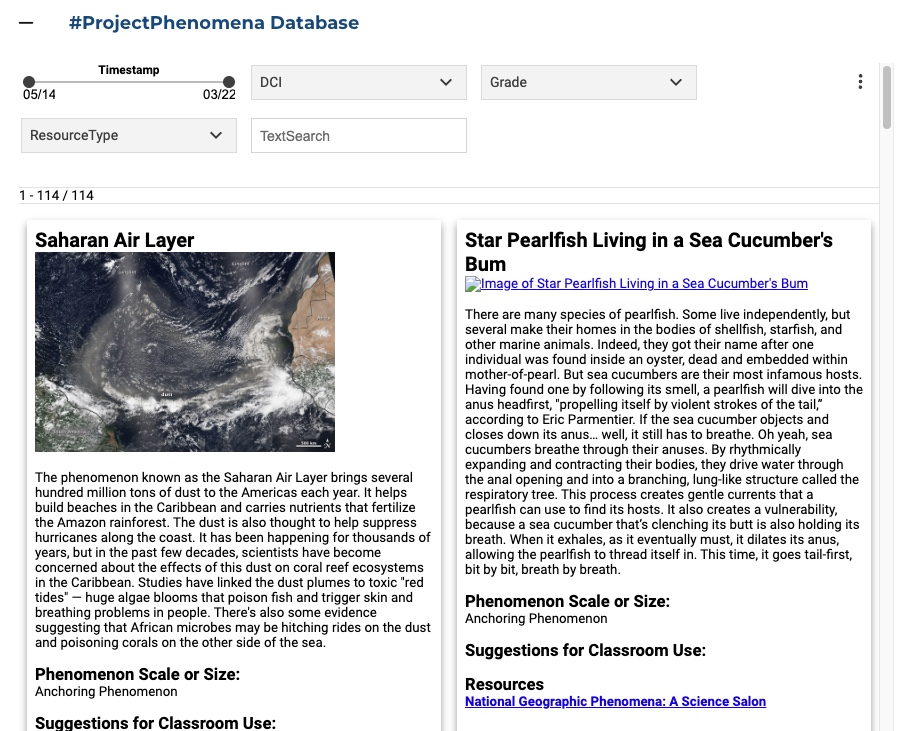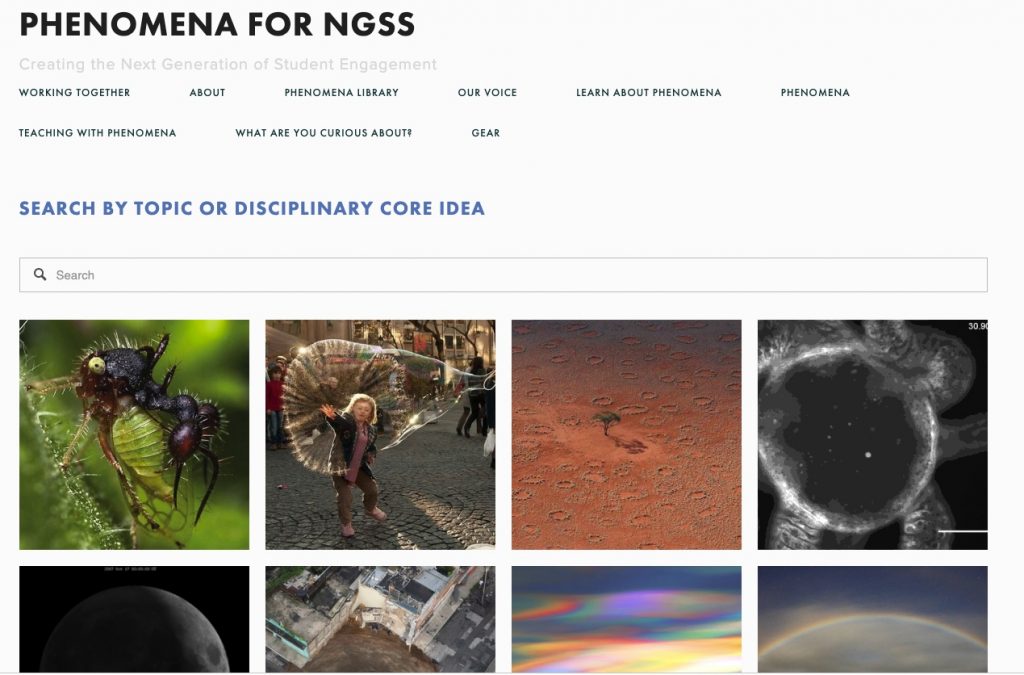The Next Generation Science Standards (NGSS) are designed to give students a deeper understanding of scientific concepts and make them apply these concepts to real-world situations. Finding quality NGSS phenomena is essential to align instruction to the standards.
NGSS Phenomena Defined
Phenomena are occurrences that students can observe and investigate. They can be natural or human-made, and they can be local or global in scale. Teachers can use NGSS phenomena to introduce new concepts, illustrate complex interactions, or provide a real-world context for learning.
When finding NGSS phenomena, it is essential to consider what you want your students to learn and how the phenomenon can be used to support that learning. You should also ensure the phenomenon is appropriate for your student’s age and ability level.
Teachers should also use phenomena in assessments. Each assessment your students are going through should give them a novel phenomenon to examine. Each of these phenomena offers students an additional opportunity to make sense of the world and apply what they’ve learned.
Considerations for Finding NGSS Phenomena
When looking for phenomena, it is essential to consider a few things:
-Is the phenomenon something that actually happens in the world?
-Can the phenomenon be used to assess student learning?
-Is the data from the phenomenon real?
-Does the phenomenon allow for student exploration?
-Is the phenomenon appropriate for the age and ability level of your students?
Top Sites for Finding NGSS Phenomena
There are a few different ways that you can find phenomena. You can search online, ask other teachers, or look for resources that provide lists of phenomena. We’ve found a few great sources where you can discover NGSS phenomena for every Performance Expectation:
InnerOrbit

InnerOrbit has over 900 NGSS phenomena that are aligned with standards. Teachers use phenomena from InnerOrbit to give students additional opportunities to apply what they learned in instruction during an assessment through a novel phenomenon.
InnerOrbit also has NGSS phenomena-based question clusters that include the three dimensions of the NGSS. The types of questions include: Prior and On-Grade-Level Knowledge questions (focusing on Disciplinary Core Ideas or DCIs), Formative and Summative questions (incorporating all 3 NGSS Dimensions, focusing on Crosscutting Concepts or CCCs and Science and Engineering Practices SEPs).
You can start a trial or request a pilot for your school or district and gain access to over 9000+ assessment items and all the phenomena on the site!
The Wonder of Science

The master list of phenomena curated by The Wonder of Science encompasses performance expectations of the NGSS and provides educators and students with NGSS phenomena that intend to fuel curiosity, inspire inquiry, and foster deep scientific understanding.
The Wonder of Science represents a resource for NGSS-aligned learning with its catalog of phenomena and sample scenarios that you could further investigate in your classroom and with your students.
#ProjectPhenomena

Another interesting source is the #ProjectPhenomena on the San Diego County of Education website.
This site started long ago but still has an extensive, well-tagged, organized list of phenomena. It includes a collection of phenomena that align with the NGSS and suggested activities and resources for exploring the phenomena in the classroom. The site also contains a blog that features articles on NGSS implementation and best practices.
NGSSPhenomena.com

NGSSPhenomena.com is another place where you can find phenomena. Each phenomenon includes a brief description, a list of relevant NGSS standards, and suggested activities and resources for exploring the phenomenon in the classroom. The list of phenomena is less extensive than the other examples. However, there’s a lot of great content in there.
When finding phenomena for the NGSS, remember what you want your students to learn and how the phenomenon can be used to support that learning. You should also ensure that the phenomenon is appropriate for your students’ age and ability level. Phenomena should also represent things that occur and use accurate data from actual experiments, situations, research studies, etc. With these factors in mind, you will be able to find incredible phenomena that can help them apply science concepts to real-world examples.
Happy phenomena hunting!

